Best places to spot wild cats in their natural habitat
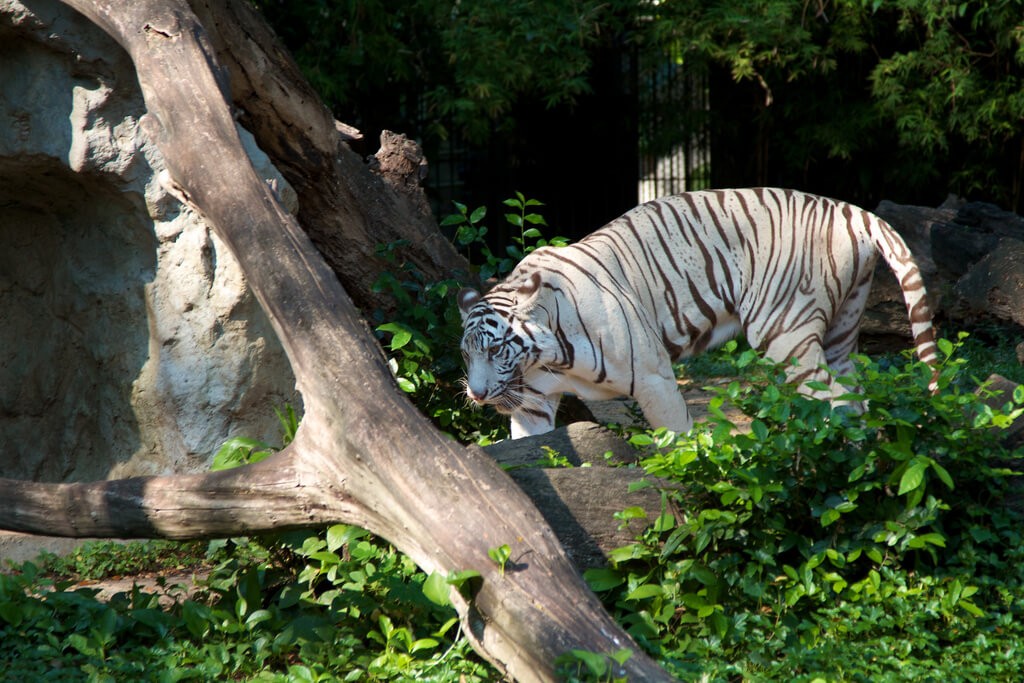
Though the bigger cats garner the maximum attention from us, there are many species of the smaller variety as well that impart valuable information about the natural world.
From the enormous 320 kg Siberian tiger to the little Margay of South and Central America the power and striking coat of these prowling felines make them some of the most fascinating animals on earth.
Wild cats adapt themselves to almost any terrain ranging from the high altitudes of the Himalayas to the arid sands of the Sahara and far beyond to the snowy extremes of Alaska. Looking for cats in the wild, therefore, requires time, dedication and loads of luck.
We hope this source of information, gathered from countless instances of sheer good fortune of being at the right place at exactly the right time, will make your quest of spotting these stealthy creatures in their natural habitat a rewarding one.
JAGUAR
The distribution of this lovely species extends from the United States to Argentina and is the only big cat to be found in the Americas.The North Pantanal region in Brazil, along the banks of the river Cuiaba, upriver from Port Jofre, is known is best for Jaguar watching expeditions. This is primarily because of the large caiman population in the river, favorite prey of the jaguar.
TIGER
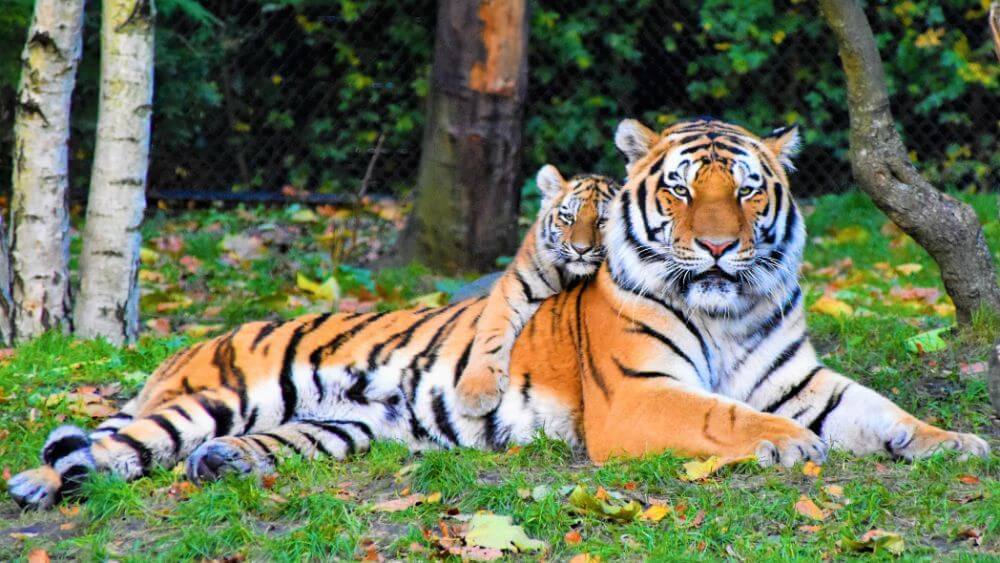
Undoubtedly the most charismatic and biggest of all the wild cats the Tiger also happens to be the most endangered. At one time found everywhere from Sumatra to Siberia, today this magnificent animal can only be found in some strongly conserved tiger reserves in India.The two best places for tiger watching are Kanha and Bandhavgarh National Parks in the Central Indian state of Madhya Pradesh.
Norway has a lot of great places for nature lovers
LION
The only wild cat which lives in social groups, the Lion is the second largest of all the wild cats. While the Asiatic species range is limited to the Gir Forest in Gujarat, India, their African counterparts can be spotted without any problem in the various national parks of South Africa. Kruger National Park and the surrounding sanctuaries are the prime spots.
LEOPARD
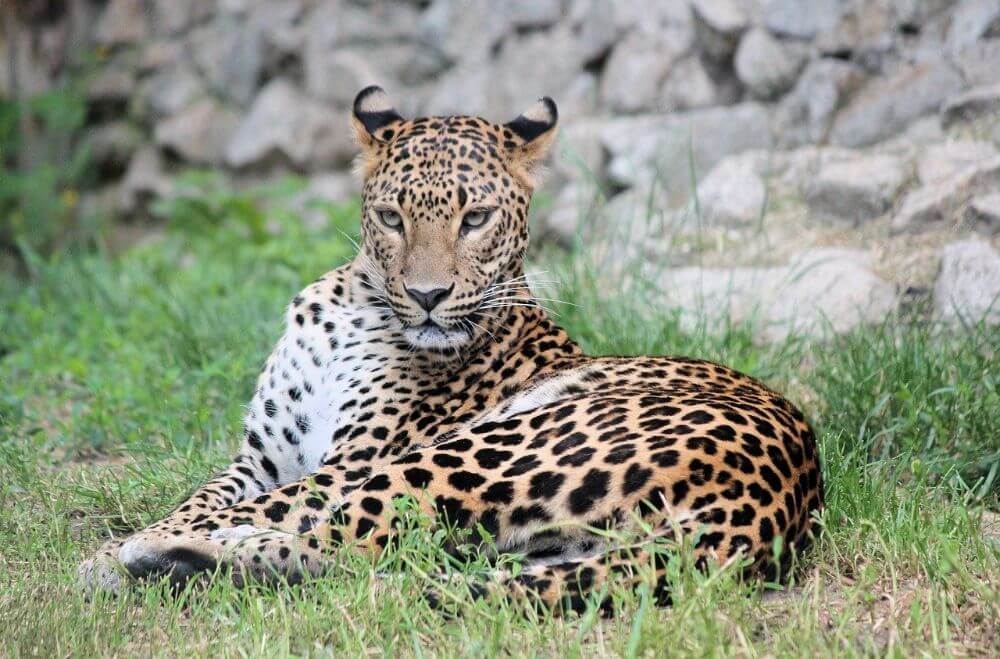
From Asia to Africa, the leopard has the largest range of all big cats in the wild. Thankfully, even though the leopard is on the vulnerable red list there are some places where healthy populations are thriving. One of the best places to see the leopard in the world is the Udawalawe National Park in Sri Lanka.
SNOW LEOPARD
Considered to be the most elusive of all the big cats, the snow leopard is only found in the inhospitable high mountain ranges of Central Asia. Their exceptional camouflage and the challenging terrain makes spotting these cats extremely difficult. Having said that, there have been some reasonably good sightings in the Hemis National Park located in eastern Ladakh, India.
Check the animals living in wild Russia, in Yakutia
CLOUDED LEOPARD
The distribution of the small clouded leopard ranges from the foothills of the Himalayas to Thailand and is listed as vulnerable across the entire range. This is another cat which is difficult to see as it prefers dense foliage as its habitat. Due to its secretive nature, few sightings have been recorded, mostly in Manas National Park in North East India.
SUNDA CLOUDED LEOPARD
As elusive as its cousin from the mainland, the Sunda Clouded leopard is found on the islands of Sumatra and Borneo.The only place where one has a reasonable chance to see this animal is in the Deramakot Forest Reserve in Borneo.
MARBLED CAT
The tree dwelling marble cat ranges from the Himalayas to Malaysia and can be found in some pockets on the islands of Borneo and Sumatra. The Deramakot Forest Reserve is again a good area to see these individuals.
SERVAL
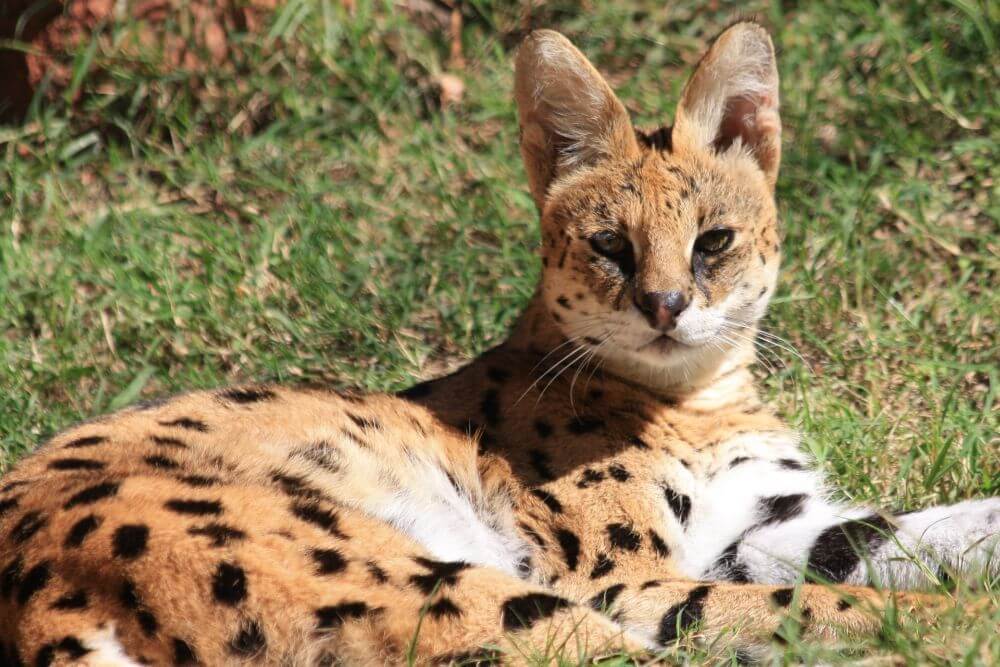
These animals are distinguished by their long ears, long legs and a short tail, an adaptation for hunting prey in the long grasslands of South Africa where it occurs in large numbers. The best place to view Servals is the town of Secunda in South Africa where abundant prey in the form of vlei rats can be found.
AFRICAN GOLDEN CAT
Found in the dense rainforests of Central and West America, the African Golden Cat is the rarest of all small cat species. In spite of its preference of dense forests, this cat has been often spotted on the approach road to the Libongo Forest Concession in Cameroon.
CARACAL
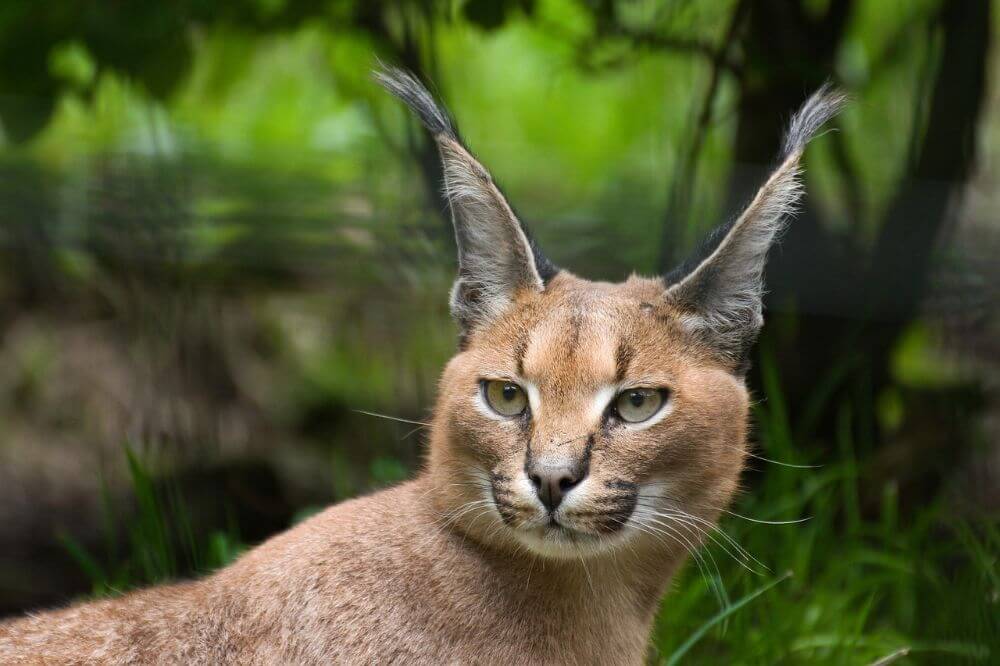
With a distribution extending from Africa to Asia and the Middle East, this acrobatic species is capable of jumping three meters upwards to catch its prey. While difficult to observe, caracals can be spotted in the West Coast National Park and Kgalagadi National Parks of South Africa quite easily.
OCELOT
The most common of all South American cats, the ocelot the ocelot can be found in South and Central America, Mexico and Texas. The spotted feline can be commonly seen on the Barro Colorado Island of Panama and Northern Pantanal in Brazil.
MARGAY
Another tree dweller, the skillful Margay is only one of the small cat species that can climb down trees head first. Since they rarely come to the ground, margays are difficult to spot. One exception being the Wildsumaco Lodge in Ecuador which has reported good sightings.
COLOCOLO
The Colocolo, or also Pampas cat as it is usually known as is found throughout Argentina, Paraguay, Brazil and Bolivia. The best place where it can be commonly found is the Southern Pantanal in Brazil.
ONCILLA
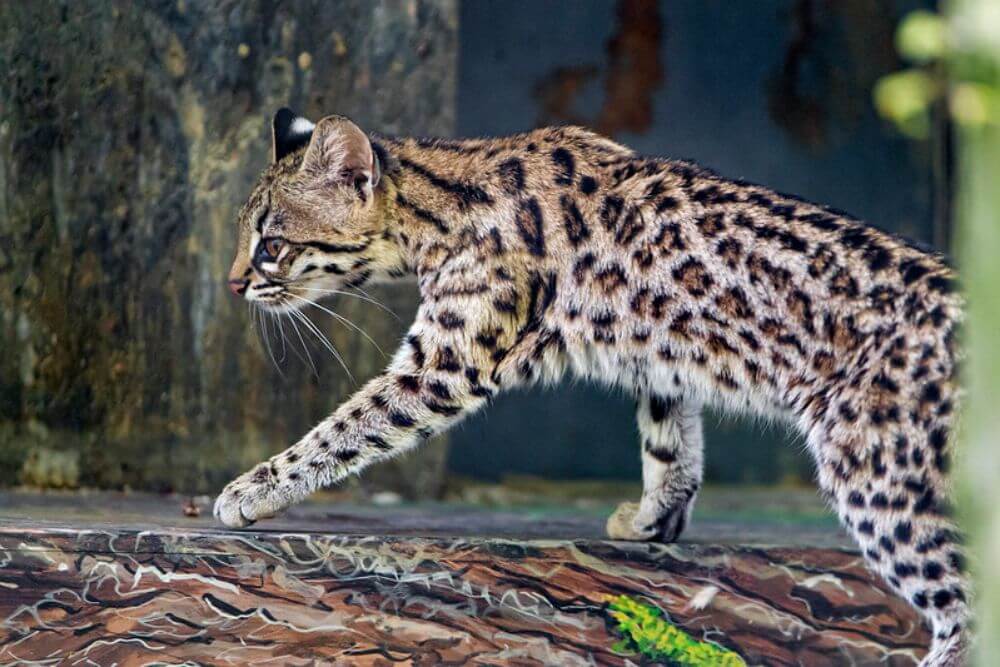
Split into two species, the northern and southern oncillas occur in parts of Central America and Brazil. Apart from the Pantanal in Brazil, the Bellavista Lodge in Ecuador has reported good sightings.
GUINA
The guina is the smallest of the cats of South America and is mostly found in South and Central Chile. The guina hunts equally well on the ground and the trees. These unusual animals can be found on the island of Chiloe in Chile.
GEOFFROY’S CAT
The only cat species which can stand upright to scan the surrounding, the geoffroy’s cat has a good distribution from Bolivia to the Magellan Straits. The El Palmar National Park in Argentina during the rainy season, is a good place to look for them.
PUMA
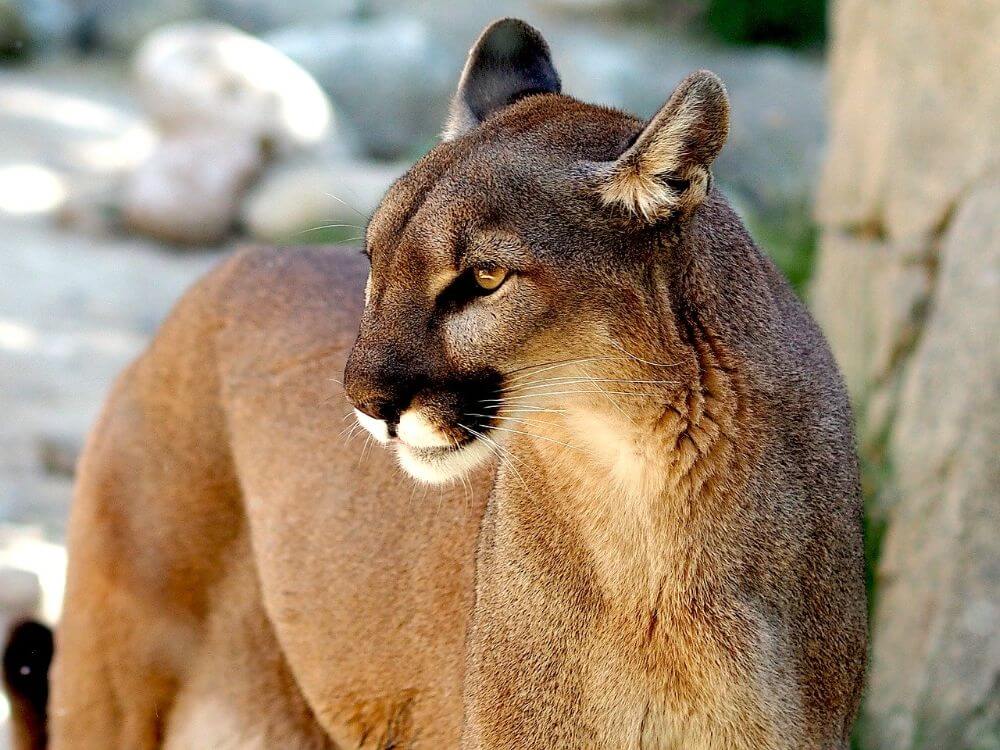
The puma or cougar or mountain lion ranges from Southern America, Mexico, United States to Southern Canada. The Torres del Paine National Park in Chile is the best place anywhere in the world to see them.
CHEETAH
The fastest animal on earth occurs in Africa and a few regions of Iran. Cheetahs can be quite easily seen in Kruger National Park in South Africa.
While there is an element of truth that wild cats can be difficult to spot in the wild, with a bit of labor and preparation a conducive environment can be created to spot these beautiful creatures in their habitat.
Even though the smaller cats are sometimes eclipsed by their larger cousins, both these elusive high performing predators have captivated humans through the years.
So this is the time to venture out to look for this nature’s priceless possessions before the sinister designs of the humans take over.
If you like nature, you should check my guide to Asturias.



